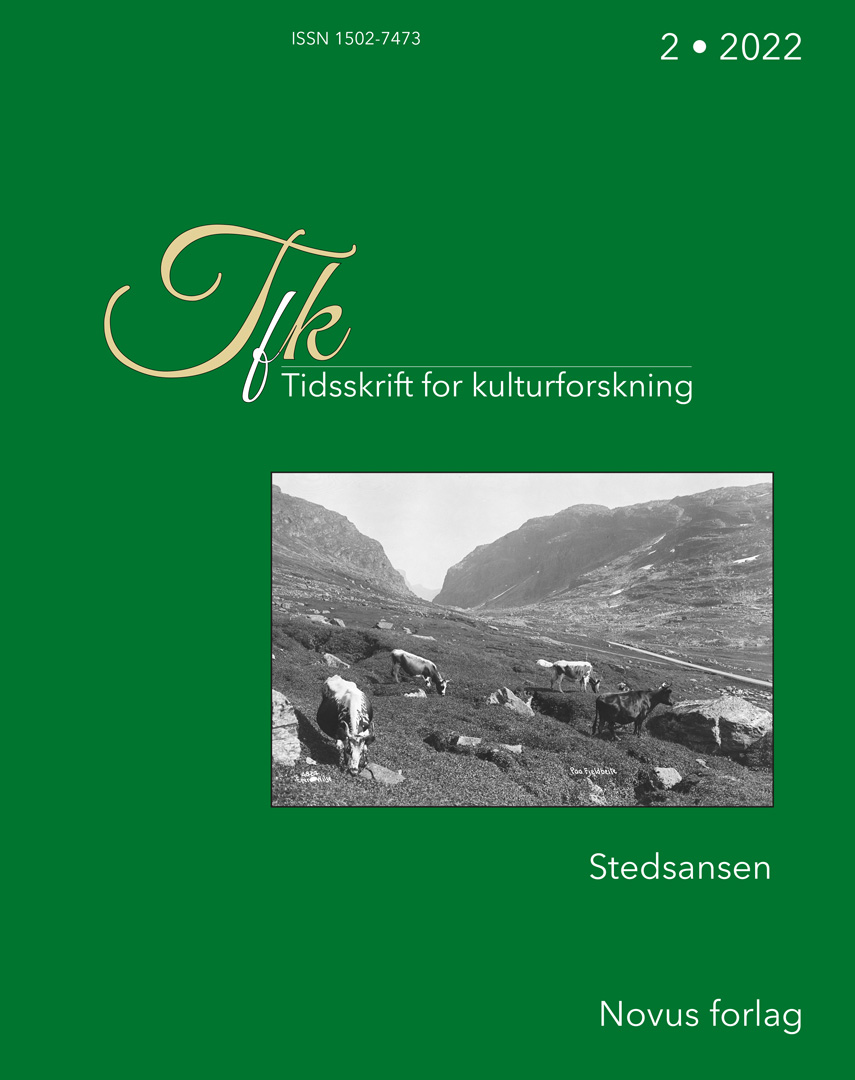Sammendrag
Since the 1990s, pilgrimage routes have been developed to several historical shrines in Norway, including to Nidaros Cathedral. Contemporary pilgrimages are provided with historical depth through material traces after and stories about historical pilgrimages to the same destinations, a development also seen in several other countries. Still, for many pilgrims the experiences along the trails when on a pilgrimage is just as important as arriving at the destination. The logos of the contemporary pilgrimage routes are used as visual signifiers making the routes recognisable, as well as functioning as identity markers for pilgrims. This article explores the St Olav Ways to Trondheim as staged landscapes. How are designated pilgrimage routes developed as navigable trails and as recognisable brands by accommodators? How do these framings affect how the routes are experienced by the pilgrims following them? The methods applied are participatory observation, interviews, and analysis of documents and visualisations of the routes online and in print. Particular attention is paid to the relation between how routes are seen from ‘above’ on maps and interacted with from ground-level through signposting in the geographical landscapes. Responses to a qualitative questionnaire and interviews provide examples of pilgrim’s descriptions of how they navigate in the physical and social pilgrimage landscapes.

Dette verket er lisensiert under Creative Commons Attribution-ShareAlike 4.0 International License.
Opphavsrett 2022 Hannah Kristine Lunde

